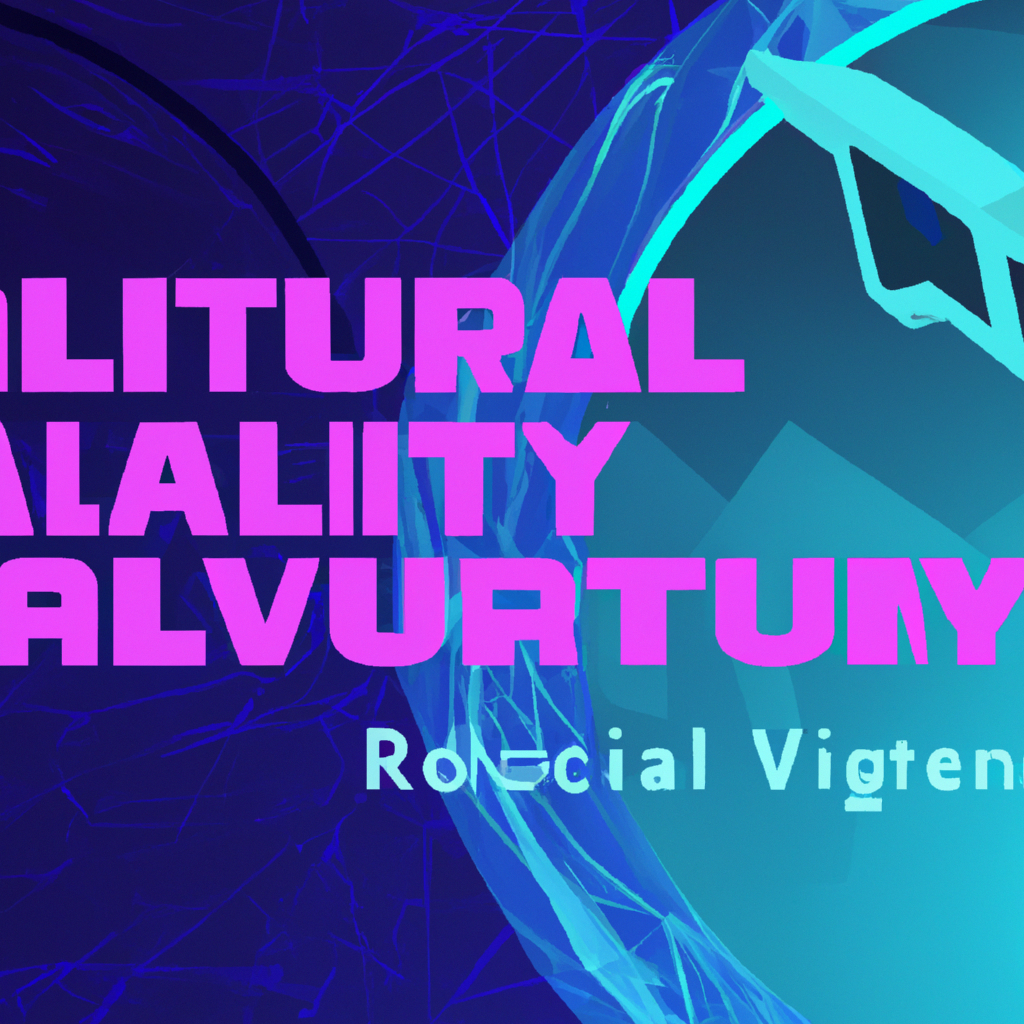Exploring the Potential of Virtual Reality in Education and Training
Table of Contents
Exploring the Potential of Virtual Reality in Education and Training
# Introduction
Virtual Reality (VR) has gained significant attention in recent years, revolutionizing various industries such as gaming and entertainment. However, its potential in education and training remains largely untapped. As a graduate student in computer science and a technology enthusiast, this article aims to explore the current trends and classics of computation and algorithms related to the integration of VR in educational settings. By delving into the possibilities and challenges associated with VR in education and training, we can better understand its potential and how it can be effectively utilized.
# Understanding Virtual Reality
Before diving into its potential in education and training, it is essential to understand the concept of Virtual Reality. VR refers to an immersive experience that can be similar to or completely different from the real world. It involves the use of computer-generated environments that simulate the physical presence and interaction of users within these environments. Through the use of specialized equipment such as headsets and controllers, users can explore and interact with virtual worlds, creating a sense of presence that goes beyond traditional screens.
# Current Trends in Virtual Reality
The integration of VR in education and training is still in its early stages, but several trends are emerging. One of the most notable trends is the utilization of VR in simulations and practical training. For example, medical schools are incorporating VR to provide students with simulated surgeries, allowing them to practice and refine their skills before performing procedures on real patients. Similarly, VR is being used in the aviation industry to train pilots in complex flight scenarios, reducing the need for expensive and time-consuming physical simulations.
Another trend is the use of VR in enhancing classroom experiences. Traditional education methods often rely on textbooks and lectures, which may limit students’ engagement and understanding. By incorporating VR, educators can create immersive learning experiences that transport students to different time periods, countries, or even microscopic worlds. For instance, history classes can use VR to take students to historical events, providing a firsthand perspective and deepening their understanding.
Additionally, VR is increasingly being used to address accessibility challenges in education. Students with disabilities may encounter difficulties in participating fully in traditional classroom settings. However, with VR, these barriers can be overcome. For instance, students with mobility impairments can explore virtual environments and engage in interactive activities that were previously inaccessible to them.
# Classics of Computation and Algorithms in VR
While the concept of VR has evolved significantly, the underlying computational algorithms remain critical for creating immersive experiences. One classic algorithm used in VR is the rendering pipeline, which transforms 3D models into 2D images that can be displayed on a screen or in a headset. This process involves various stages, including geometry processing, rasterization, and shading, all of which contribute to the final visual output. Improvements in these algorithms have led to more realistic and immersive VR experiences.
Another classic algorithm used in VR is tracking and motion estimation. Precise tracking of users’ movements is crucial for maintaining a sense of presence and preventing motion sickness. Tracking algorithms analyze data from sensors, such as accelerometers and gyroscopes, to estimate the user’s position and orientation in real-time. These algorithms are continuously refined to reduce latency and increase accuracy, ensuring a seamless and immersive VR experience.
# Challenges and Opportunities in VR for Education and Training
While the potential of VR in education and training is undeniable, several challenges need to be addressed for widespread adoption. One of the main obstacles is the cost associated with VR equipment and software. High-quality VR headsets and compatible computers can be expensive, making it difficult for educational institutions with limited budgets to implement VR programs. However, as technology advances and becomes more accessible, the cost barrier is expected to decrease.
Another challenge lies in creating content specifically designed for educational purposes. VR experiences need to be carefully crafted to align with educational objectives and provide meaningful learning opportunities. Developing educational VR content requires expertise in both pedagogy and technology, making collaboration between educators and technologists crucial. Additionally, ongoing research and development are necessary to explore the most effective ways to integrate VR into existing curricula.
Privacy and ethical concerns also need to be considered when implementing VR in education. As VR experiences become more immersive, the collection and analysis of user data raise privacy concerns. Educational institutions must ensure that proper consent and data protection measures are in place to safeguard students’ personal information and maintain a safe learning environment.
Despite these challenges, the potential of VR in education and training is immense. VR can promote active learning by allowing students to engage with content in a hands-on and experiential manner. It can also foster collaboration and communication among students, as they can interact and learn together in virtual environments regardless of their physical locations.
# Conclusion
Virtual Reality has the potential to revolutionize education and training by providing immersive and interactive learning experiences. As a graduate student in computer science and a technology enthusiast, understanding the current trends and classics of computation and algorithms related to VR is crucial. By exploring the possibilities and addressing the challenges, we can pave the way for a future where VR becomes an integral part of education, enhancing learning outcomes and preparing students for the complexities of the modern world.
# Conclusion
That its folks! Thank you for following up until here, and if you have any question or just want to chat, send me a message on GitHub of this project or an email. Am I doing it right?
https://github.com/lbenicio.github.io

